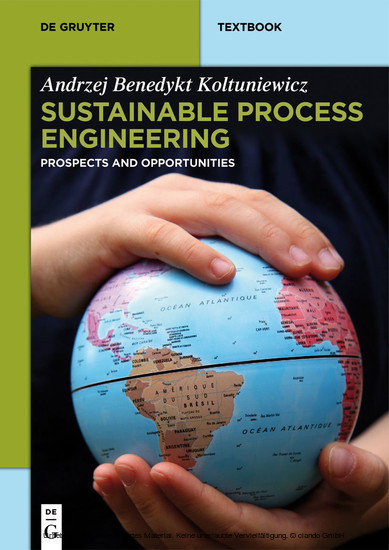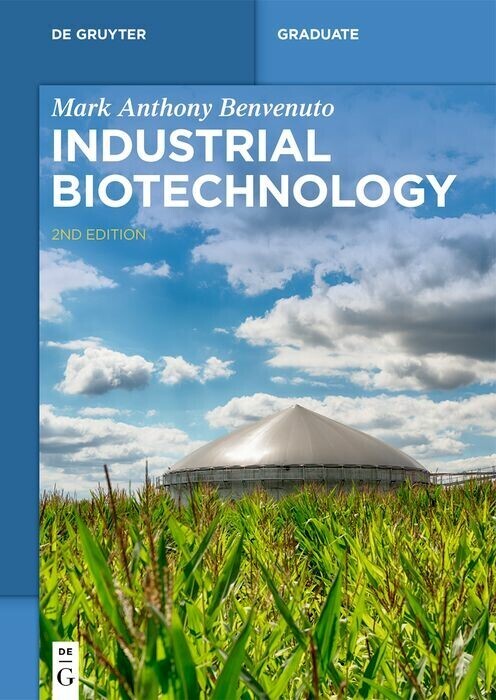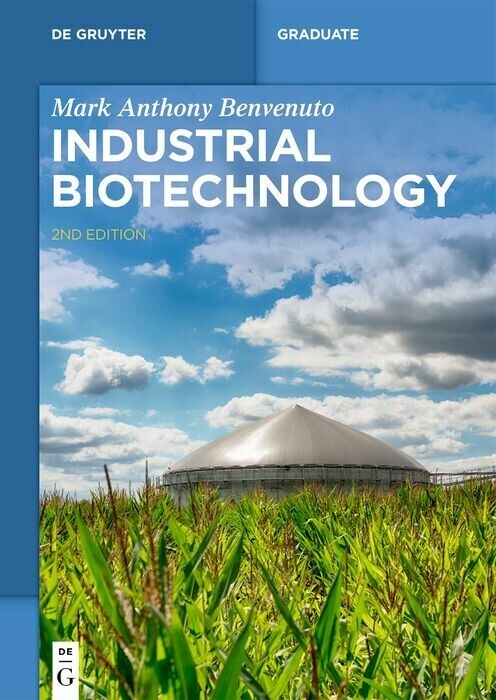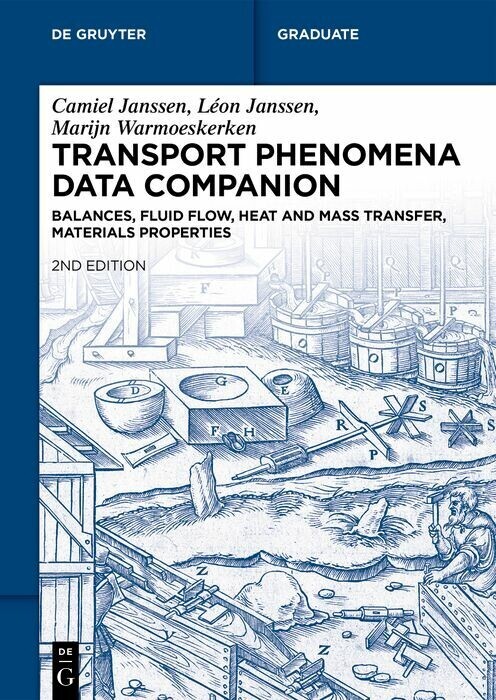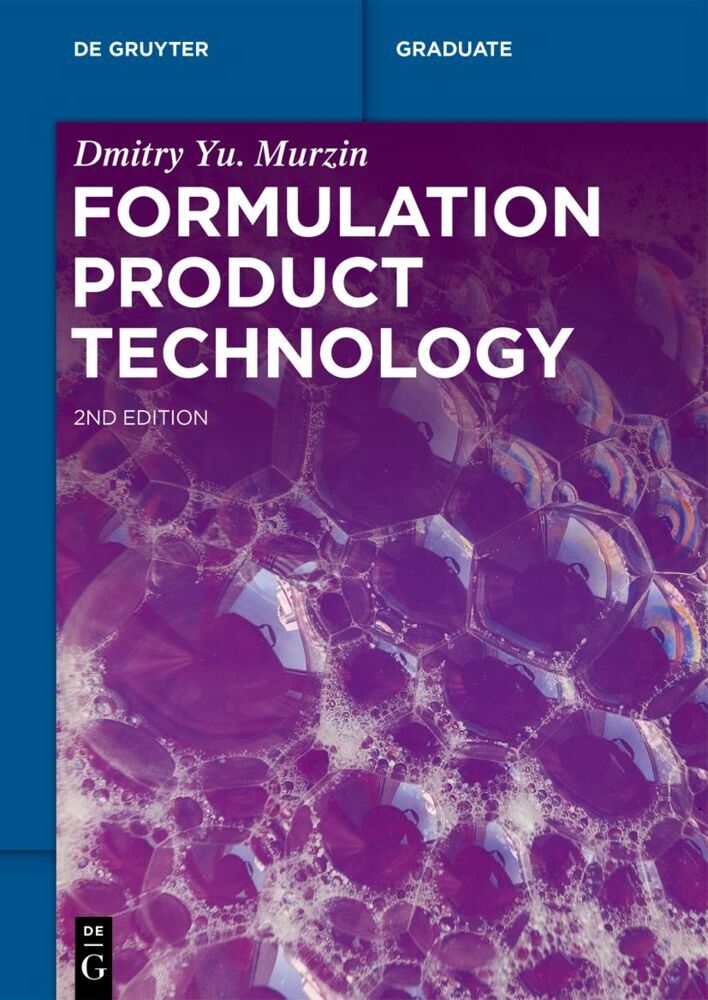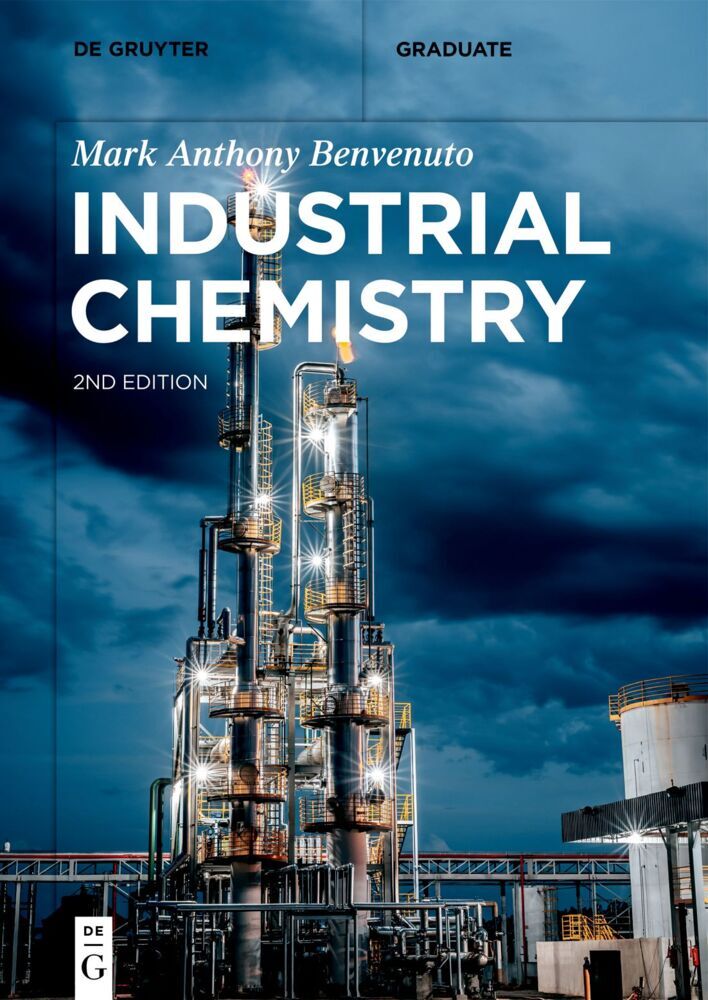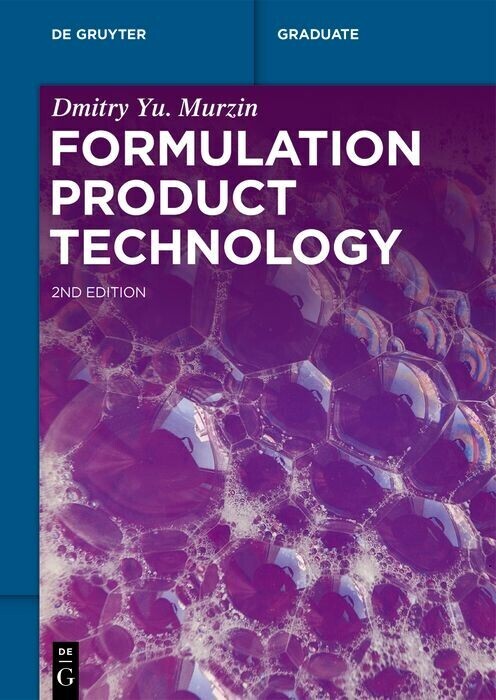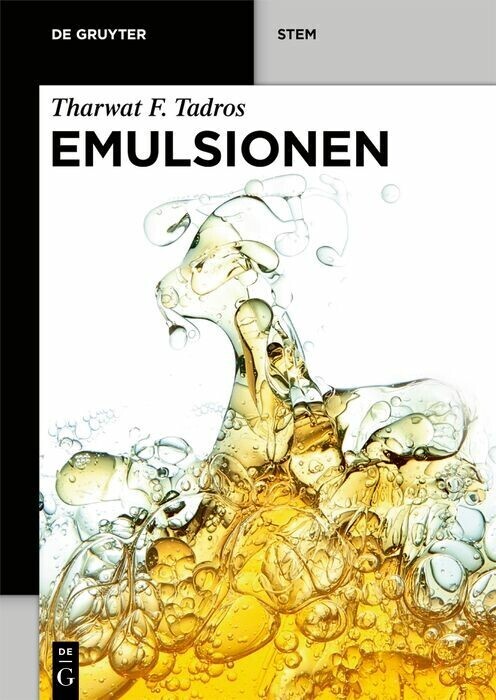Sustainable Process Engineering
Prospects and Opportunities
The vital need for alternative resources and reaction routes, environmentally friendly and economically feasible industrial chemical processes has become a ubiquitous reality. This very timely introductory text covers new materials, processes and industry sectors: nanotechnology, microreactors, membrane separations, hybrid processes, clean technologies, energy savings and safe production of energy, renewables and biotechnology. Some completely new processes for the solid-liquid systems are also discussed in detail, thus creating new opportunities of sustainable development not only in industrial practice.
Andrzej Benedykt Koltuniewicz, Warsaw University of Technology, Poland.
1;Acknowledgments;5 2;Contents;7 3;1 Inevitability of sustainable development;13 3.1;1.1 The real determinants of our ecosphere;15 3.2;1.2 Material problems of civilization;17 3.3;1.3 The environmental problems of the air;21 3.3.1;1.3.1 Greenhouse effect;21 3.3.2;1.3.2 Acid rain;24 3.3.3;1.3.3 Main air pollutants;26 3.4;1.4 The environmental problems of water;34 3.4.1;1.4.1 The main effects of water pollution;34 3.4.2;1.4.2 Thermal pollution of water;38 3.4.3;1.4.3 Organic contaminants in water;38 3.4.4;1.4.4 Inorganic contaminants in water;39 3.5;1.5 The environmental problems of soil;41 3.6;1.6 Measures to maintain the quality of the environment;43 3.6.1;1.6.1 Environmental conventions;43 3.6.2;1.6.2 Carbon neutral policy;46 3.6.3;1.6.3 Green chemistry concept;49 3.6.4;1.6.4 Clean technologies;50 3.6.5;1.6.5 Sustainable development;53 3.6.6;1.6.6 How to achieve sustainable development;55 4;2 Past and present of process engineering;59 4.1;2.1 The origins and domains of process engineering;59 4.1.1;2.1.1 Early history of process engineering;59 4.1.2;2.1.2 Industrial era of process engineering;62 4.2;2.2 Principles, system and methodology;68 4.2.1;2.2.1 Unit processes concept;68 4.2.2;2.2.2 Conservation laws;71 4.2.3;2.2.3 Analogies between transport of momentum, heat and mass;72 4.2.4;2.2.4 Onsager theorem and analogies between different processes;74 4.2.5;2.2.5 Phenomenological transport equations in unit processes;75 4.2.6;2.2.6 Solution of transport equations by the Laplace transform method;78 4.2.7;2.2.7 Solving the transport equation for semi-permeable surfacesm(membranes);82 4.2.8;2.2.8 Solution of transport equations by numerical methods;84 4.2.9;2.2.9 Flow regimes;86 4.2.10;2.2.10 Residence time distribution;91 4.3;2.3 Dynamic processes;95 4.3.1;2.3.1 Flow of fluids;95 4.3.2;2.3.2 Fluid flow through a fixed bed;100 4.3.3;2.3.3 Rising or falling of particles of one phase in the second phase;102 4.3.4;2.3.4 Bubble flow;104 4.4;2.4 Heat transfer processes;106 4.4.1;2.4.1 Basics of heat transfer;106 4.4.2;2.4.2 Heat conduction through the flat plate in steady-state conditions;107 4.4.3;2.4.3 Heat conduction through the multi-layer plate in steady-state conditions;108 4.4.4;2.4.4 Heat conduction through a cylinder;109 4.4.5;2.4.5 Heat conduction through a sphere;110 4.4.6;2.4.6 Heat convection in one phase during fluid flow;110 4.4.7;2.4.7 Heat radiation;113 4.4.8;2.4.8 Overall heat transfer between fluids in the heat exchanger;115 4.5;2.5 Mass transport processes;116 4.5.1;2.5.1 Diffusive mass transfer processes;116 4.5.2;2.5.2 Counter-current equimolar diffusion;118 4.5.3;2.5.3 Diffusion of the component A by inert component B;119 4.5.4;2.5.4 Statistical-mechanistic model of mass transport;120 4.5.5;2.5.5 Statistical-mechanical theory of membrane transport;122 4.5.6;2.5.6 Diffusional methods of separation;124 4.5.7;2.5.7 Kinetics of mass transport processes;125 4.6;2.6 Kinetics of reactions;138 4.6.1;2.6.1 Chemical reactions;138 4.6.2;2.6.2 Types of chemical bonds;141 4.6.3;2.6.3 Catalysts;142 5;3 Mathematical methods in design;145 5.1;3.1 Dimensional analysis;145 5.1.1;3.1.1 The general method for verifying dimensional independence;145 5.1.2;3.1.2 Modeling of the functions with all dimensionally-independent arguments;146 5.1.3;3.1.3 Modeling of dimensional function with the "dimensionally dependent" arguments;148 5.2;3.2 Identification of mathematical models of processes;152 5.3;3.3 The theory of similarity;155 6;4 Nanoprocesses;161 6.1;4.1 Microreactors;161 6.1.1;4.1.1 Structure and function of microreactors;161 6.1.2;4.1.2 Characteristics of microreactors;163 6.1.3;4.1.3 Microreactor design;164 6.1.4;4.1.4 Applications of microreactors;167 6.1.5;4.1.5 Catalytic reactions in microreactors;170 6.1.6;4.1.6 Microfotoreactors;171 6.1.7;4.1.7 Manufacturers of microreactors;171 6.2;4.2 Membranes and their unlimited opportunities;172 6.2.1;4.2.1 Membrane manufacture;173 6.2.2;4.2.2 Membrane contactors;174 6.2.3;4.2.3 Immobiliz
Koltuniewicz, Andrzej B.
| ISBN | 9783110373264 |
|---|---|
| Artikelnummer | 9783110373264 |
| Medientyp | E-Book - ePUB |
| Copyrightjahr | 2014 |
| Verlag | Walter de Gruyter GmbH & Co.KG |
| Umfang | 411 Seiten |
| Sprache | Englisch |
| Kopierschutz | Digitales Wasserzeichen |

